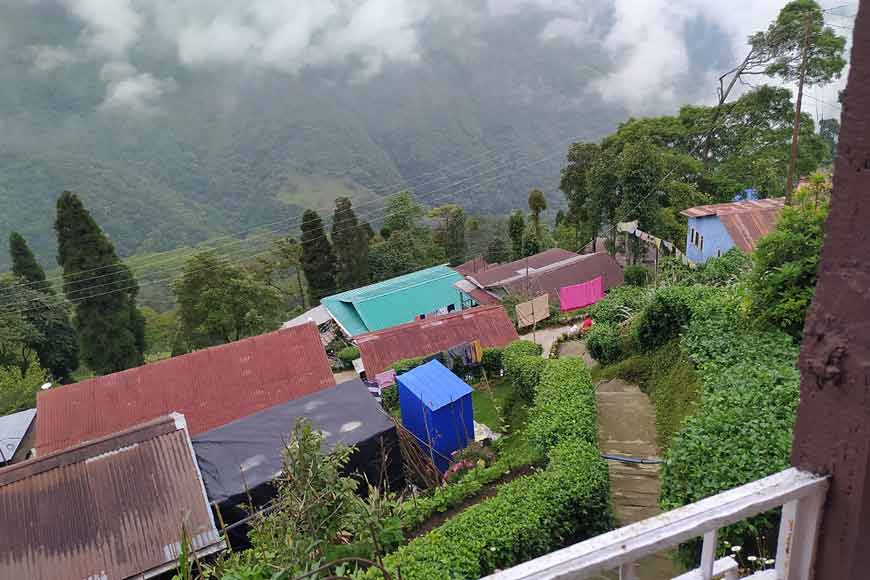Rangaroon is a hamlet near Darjeeling that produces the best tea in the world. – GetBengal story
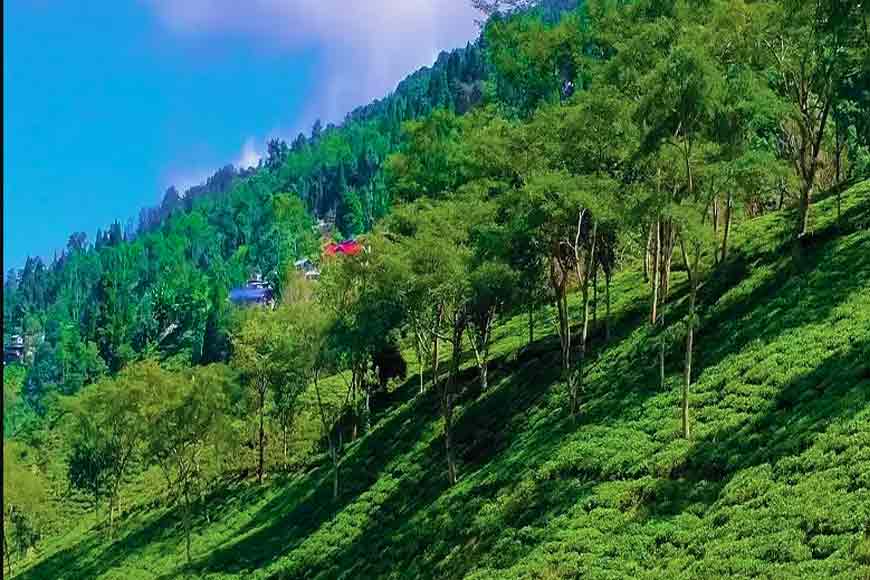
If you wish to recreate Tagore’s Shesher Kabita on the foothills of the Himalayas in North Bengal instead of Shillong, then Rangaroon is the place to go. Why? It’s because during the spring and summer seasons, this small village in Darjeeling is awash with the most gorgeous display of rhododendron and magnolia blossoms. While Darjeeling has become extremely crowded, inundated with tourists who have robbed the hill station of peace, it is places like Rangaroon that have retained their solitude and charm. This hamlet offers some of the best views of Mt. Kanchenjungha, especially if you visit after the monsoons or during spring. Imagine the hanging rhododendron trees creating a fiery contrast against the lush green hills and the beautiful magnolia flowers covering the underbrush. It is truly a marvel of nature.
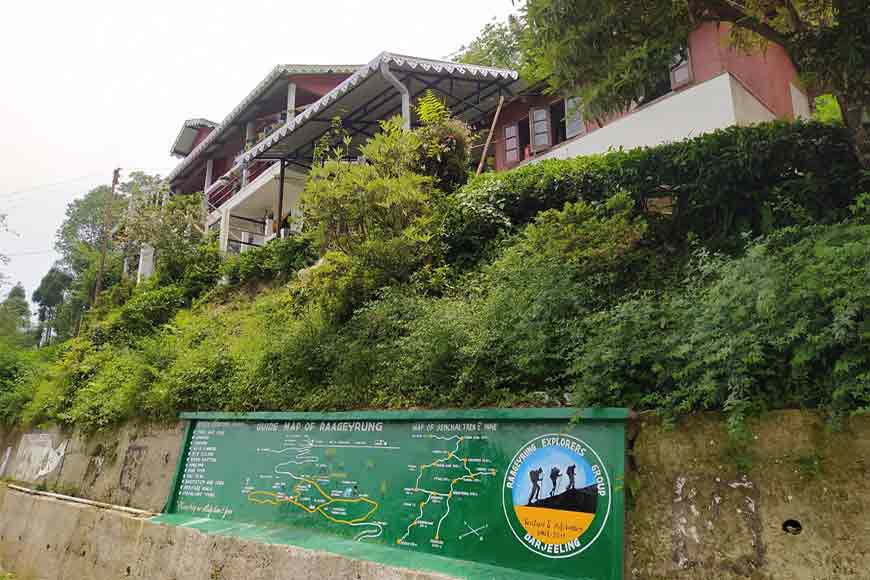
Just 16–20 km from Darjeeling, the small scenic village of Rangaroon is renowned worldwide for its tea gardens, located at an altitude of 6,000 feet above sea level. The tea from Rangaroon’s gardens is considered to be superior in quality and is primarily exported. The name Rangaroon is of Lepcha origin, meaning the ‘turn of the great river.’ Some say the name Rangaroon is derived from “Rai Gurung," which is a Nepali caste. The village population largely consists of the Rai and the Gurung people, which might also have given it its name.
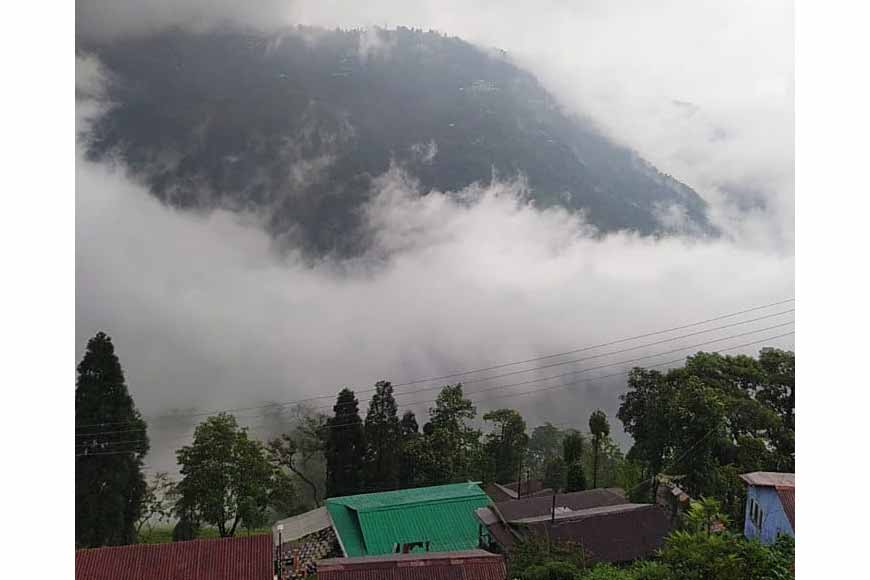
The Rangaroon tea estate is steeped in history. It traces its origins to Lord Adain Ashley, who was the Governor of Bengal in 1776. During his time, Rangaroon became famous for its premium-quality tea, owing to its favourable climatic conditions and elevation. There are several records that suggest British colonists were fascinated by ‘Rangaroon tea’ and began to brew and produce improved varieties of this tea that they consumed as well as exported at a very steep price. The British also developed this area because some of its indigenous plant species were so rare that they wished to display them to the world. Accordingly, they established the first Botanic Garden of the Hills in 1876.
Also read : Bengal is fast catching up on Tea Tourism
If you are a tea enthusiast, the 18th-century Rangaroon Tea Factory gives travellers a chance to learn the nuances of tea cultivation and production. You can interact with the tea farmers and tea pluckers to gain in-depth knowledge about tea production and processing, as well as understand the different varieties of tea available in the Himalayan foothills. Unfortunately, due to the high cost of production, the factory is not fully operational, and the tea leaves from this estate are sent to different factories in Darjeeling.
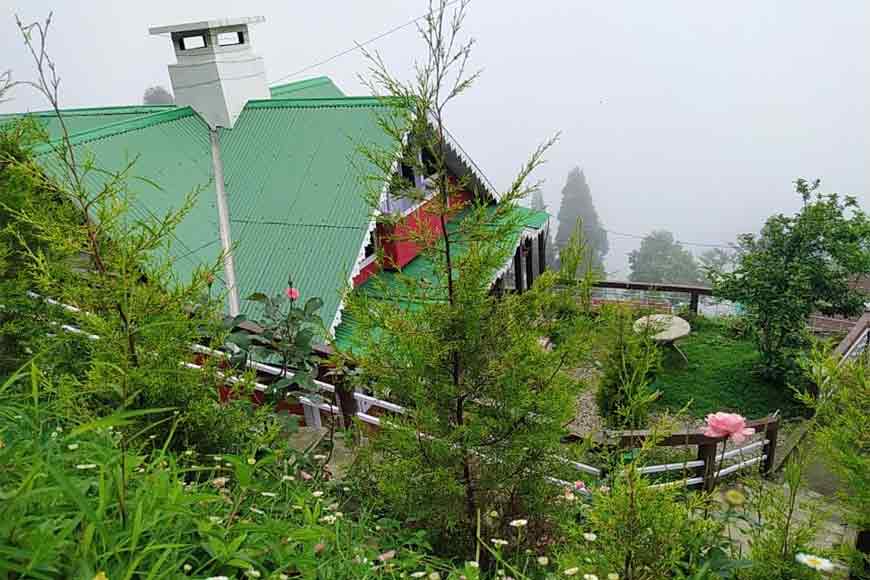
Another attraction is the old tea bungalow, built by the late Frederic von Frostmann, a German native, between 1860 and 1870 AD. A large part of the original structure of the bungalow is still intact, including old paintings and the gardens.
Rangaroon is also considered to be a bird watcher’s paradise and an ideal location for adventure travellers who can trek to different spots and encounter an abundance of rare and endangered plants, birds, and animals. Today, Rangaroon offers a wide range of activities for adventure, like trekking, hiking, and adventure sports. One of the best leisure activities is strolling along the tea gardens or enjoying the stunning view of the Rangaroon Valley and the Rungdong River. For trekkers, Rangaroon offers three different routes: trekking along the Rungdong River, trekking across Senchal Forest, and trekking through the tea gardens. You can trek down 4 km to the river bed, which is ideal for a late afternoon picnic. From here, you get a view of the tea estates of Aloobari, Fulbari, and Pandam, which are separated by Rundong Khola, or the river. There are also some amazing viewpoints in the region, adding to the charm and beauty of this unique location.
There is something so unique about Rangaroon—something peaceful—that makes this village a must-visit. The village is clean and eco-conscious. They have also popularised organic farming, and you will be treated to organic vegetables if you stay at the homestays.
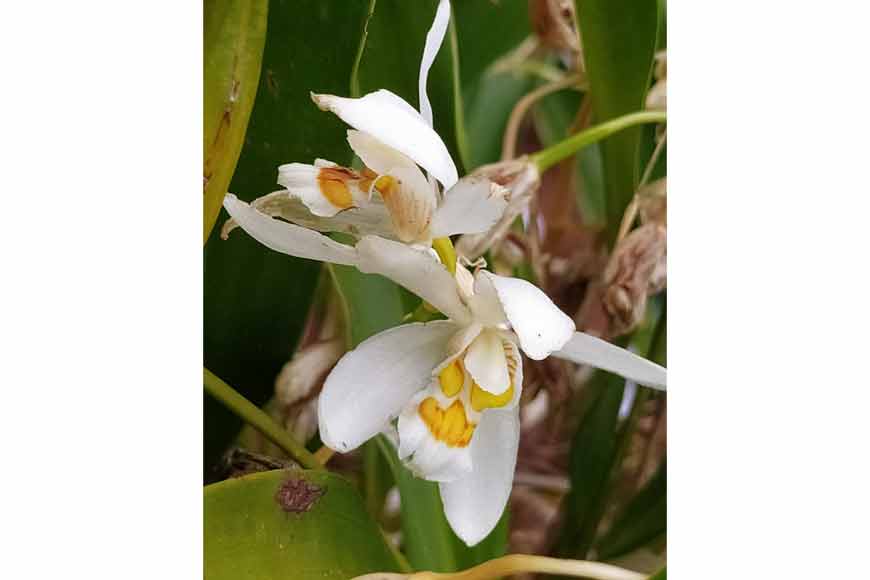
Places to see in and around Rangaroon
Rangaroon Tea Garden produces some of the world’s best-quality tea.
Mata Singha Temple is a pilgrim site during Baisakhi Purnima, when residents of the valley as well as people from near and far congregate at this temple to offer prayers.
Senchal Wildlife Sanctuary is home to a number of rare animals and bird species. In one of the oldest sanctuaries in India, you can find barking deer, jungle cats, wild pigs, and Himalayan black bears. There are two beautiful lakes here that are the source of drinking water for the town of Darjeeling.
Tiger Hill is just 25 km from Rangaroon and gives the best panoramic view of the first rays of the sun rising over Mt. Kanchenjunga.
Best time to visit: any time of the year. The winters are best for catching a glimpse of the snow-capped peaks, and the springs for the flowers. The fresh tea leaves bloom during monsoons, which gives a magnificent lush hue to Rangaroon.
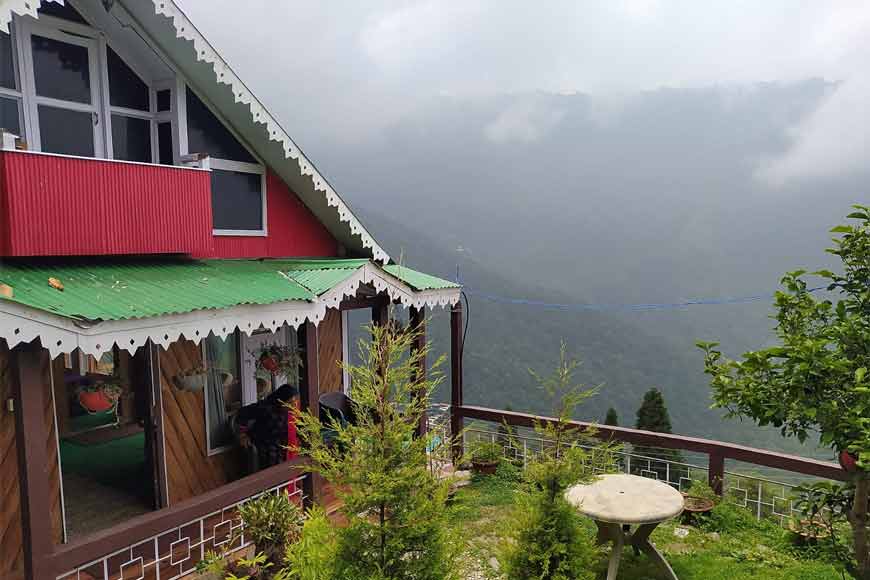
How to reach:
On the way to Darjeeling, you would need to take a turn from Jorebungalow, which is situated 60 km from Siliguri and around 20 km from Darjeeling. Rangaroon is around 8 km from Jorebungalow.
Via Roadway: at a distance of about 75 km from NJP. Tourists need to take the NH55 highway until Jorebunglow. From there, turn right towards the 3rd mile, and when you reach the 3rd mile, take a left towards Rangaroon Tea Estate.
Via Railway: The nearest railway station is NJP. From NJP, book a cab.
Via Airway: The closest airport is Bagdogra. From Bagdogra, you can book a cab that will take you to Rangaroon.
Where to stay: There are many homestays run by local families. They are mostly well-equipped with hot and cold running water, western bathrooms, electricity, and other modern amenities.
